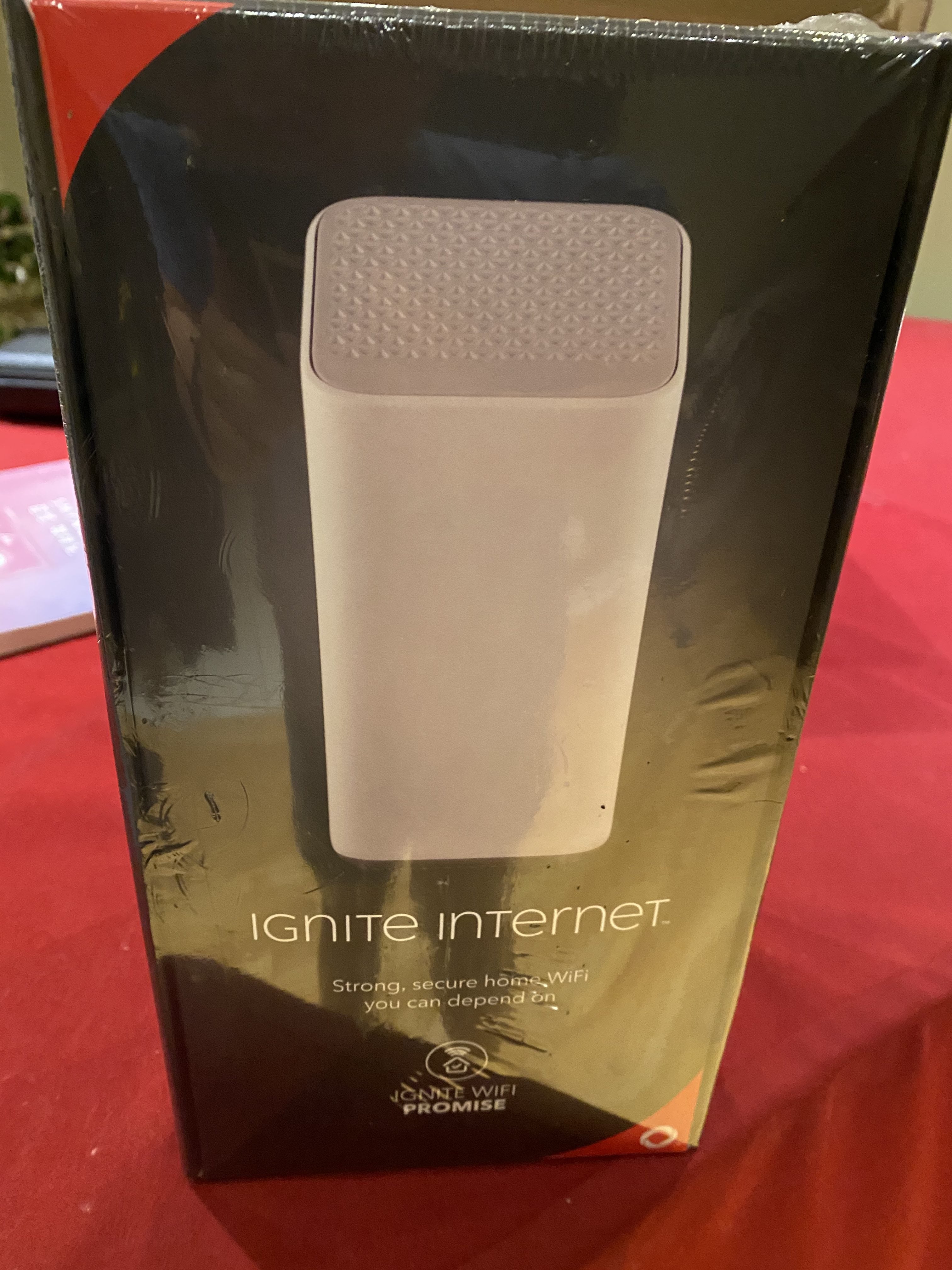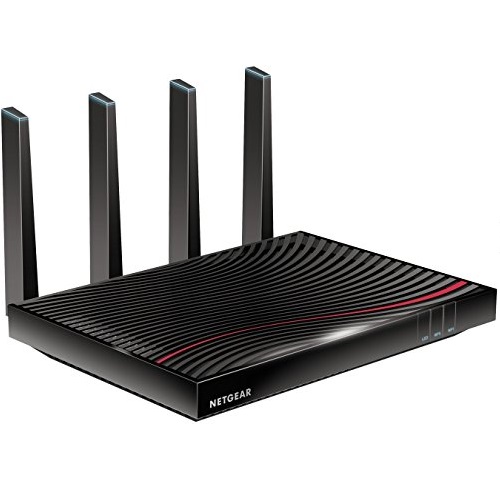

Unless you live in a particularly large house, a single router is all you need to connect wireless devices throughout your home.
#Modem vs router deal how to
If your ISP cannot help you set up your router (or if such help is too expensive), you will find instructions on how to set up the router from the manufacturer, and usually it is not too difficult. You need to set up an SSID and a password, usually through a web-based interface that communicates directly with the router. While hardwiring devices with a router is simple, setting up a router for wireless connections is a little more complicated. Like with a modem, when you sign up for Internet service, a technician can often help you set up a router that you either buy yourself or the ISP provides, either for sale or for rent (or sometimes for free). The router is for allowing multiple home devices to share the internet line which comes into your modem. If you have subscribed for Cable Internet or for DSL Internet service, then you MUST have a modem device in the network.


You can connect these devices to the router either through further Ethernet cables as well as wirelessly. For this you need a router.Ī router connects to your modem through its Ethernet connection with an Ethernet cable, and it lets you share your Internet service with multiple devices. If all you have in your home is one computer and you do not have any wireless devices, a modem and an Ethernet cable is all you need to connect your computer to the Internet.īut most people setting up a home network want to connect multiple devices to the Internet and they want to be able to connect wireless devices as well, such as smartphones and tablets. RouterĪ Cable or DSL modem will typically include a single LAN Ethernet connection as described above. Usually these modems have a WAN port to connect the ISP cable and a LAN Ethernet port to connect your home computer to it.
#Modem vs router deal free
ISPs will sometimes provide modems (and even routers and gateways) free of charge when you sign up for service, usually under the guise of a special offer. Usually, when you sign up for service, a technician will come to your home and set this up for you, using either a modem provided by the ISP or your own. You need to connect the modem to the line that comes into your home from the ISP. Though some ISPs often give you a choice of services, with varying prices for each one. Your Internet Service Provider (ISP) will let you know what type of service you have and what type of modem you need to obtain.

Coaxial Cable (for Cable Internet Service) - You will need a Cable Modem.The type of Internet service you are using determines the type of modem you need, and this includes: In the days before broadband Internet, people used modems to connect their computer to the Internet over a telephone line. The word modem stands for “modulator-demodulator” and it is used mainly as the border device to connect the cable coming from the Internet Provider and translate the signals to “computer-friendly” data. Different architure on how modem, router and gateway works.


 0 kommentar(er)
0 kommentar(er)
